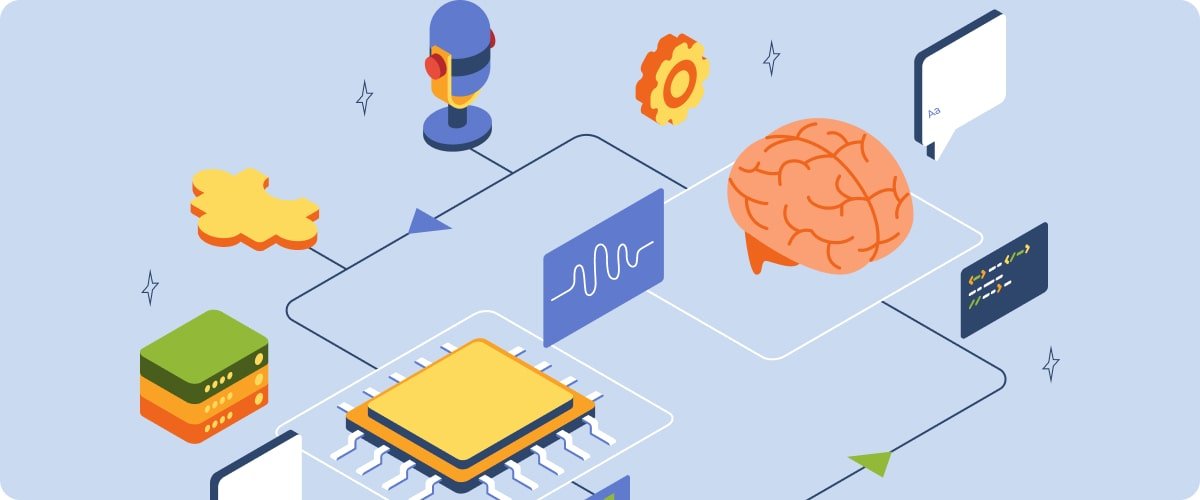AI-generated content has become increasingly popular due to its efficiency and ability to produce high-quality outputs. This comprehensive guide will delve into the various aspects of creating AI-generated content, covering everything from understanding the basics to implementing advanced techniques.
Understanding AI-Generated Content
What is AI-Generated Content?
AI-generated content refers to the creation of text, images, videos, or other types of content using artificial intelligence algorithms. These algorithms are trained on vast datasets and can autonomously generate content that mimics human creativity. AI-generated content range from writing articles and designing graphics to composing music and even generating entire stories.
Types of AI-Generated Content
Text Generation: AI models like OpenAI’s GPT-3 can generate coherent and contextually relevant text, making them valuable for content creation, copywriting, and more.
Image Generation: AI algorithms can create realistic image illustrations or enhance existing visuals by understanding patterns and styles.
Video Generation: Advanced AI systems can generate videos by combining and manipulating existing footage or creating new sequences.
Audio Generation: AI models can compose music, generate voiceovers, or even imitate specific voices.

Getting Started with AI-Generated Content
01). Choose the Right AI Model
Selecting the appropriate AI model for your specific content needs is crucial. GPT-3, DALL-E, and StyleGAN are popular models for text, image, and video generation. Consider the complexity of your project and the capabilities of the model.
02). Data Preparation
AI models require extensive training data to understand patterns and contexts. Prepare a diverse and representative dataset to ensure the model produces content that aligns with your objectives.
03. Accessing AI Platforms
To utilize AI models, you can leverage existing platforms that provide APIs (Application Programming Interfaces). OpenAI, Google Cloud AI, and Microsoft Azure are examples of platforms that offer AI services..
Implementing AI-Generated Content
04. Text Generation
Utilizing GPT-3 or similar models for text generation involves sending prompts to the API, which generates responses based on the input. Experiment with prompt engineering to refine the output and align it with your desired style and tone.
05. Image Generation
DALL-E is an impressive model for generating images. Supplying it with specific prompts or concepts can produce unique and creative visual outputs. Experiment with different parameters to fine-tune the generated images.
06. Video Generation
For video creation, StyleGAN or other video-specific models can be employed. Inputting a series of frames or guiding the model with a storyline can help generate videos. Post-production editing may be required for more polished results.
07. Audio Generation
AI models like MuseNet or WaveNet can compose music or generate realistic-sounding voiceovers. Adjust style, tempo, and tone to customize the generated audio according to your requirements.

Challenges and Considerations
08. Ethical Considerations
AI-generated content raises ethical concerns, including the potential for misuse, plagiarism, and the generation of fake news. It is crucial to use AI responsibly and be aware of the ethical implications associated with automated content creation.
09. Quality Control
While AI models can produce impressive content, human oversight is essential for quality control. Review and refine the generated content to ensure it aligns with your brand, messaging, and ethical standards.
10. Legal Aspects
Understand the legal implications of using AI-generated content, especially regarding copyright and intellectual property. Some jurisdictions may have specific regulations regarding the use of AI in content creation.
Future Trends and Developments
11. Continuous Learning
AI models are constantly evolving. Stay updated with the latest advancements, improvements, and new models to leverage the most cutting-edge technology in your content creation process.
12. Integration with Creative Workflows
As AI tools become more sophisticated, integrating them seamlessly into existing creative workflows will be crucial. This involves designing workflows that accommodate both AI-generated and human-created content.
Conclusion
AI-generated content presents a revolutionary approach to digital content creation, offering efficiency, scalability, and creativity. By understanding the fundamentals, choosing the right AI models, and implementing best practices, content creators can unlock the full potential of AI to enhance their creative endeavors. As the field continues to evolve, staying informed and adapting to new technologies will be key to staying at the forefront of content creation in the digital age.


